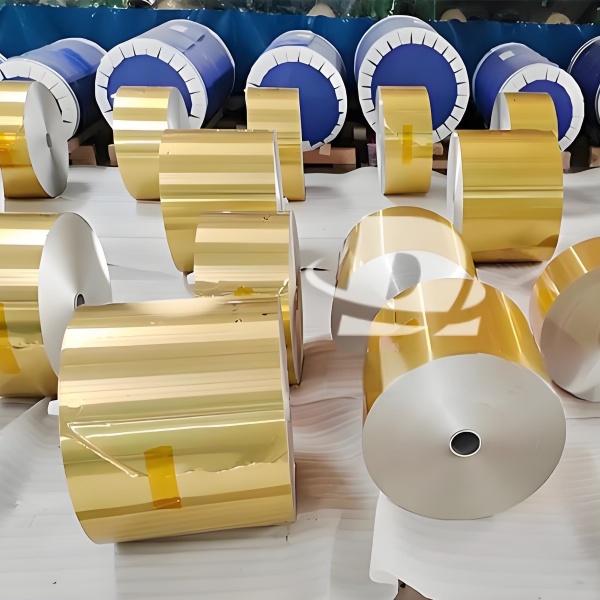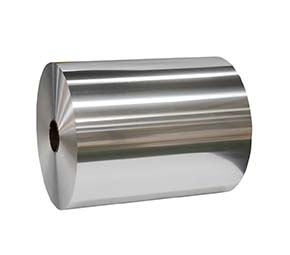 What are the four major packaging materials?
What are the four major packaging materials?
Paper, metal, glass (and ceramic), and plastic are known as the four major packaging materials. The paper currently used is mainly composed of plant fibers. Its main chemical component is hydrophilic cellulose molecules, and the pores between the fibers can reach micron level. Therefore, the paper material has almost no moisture and gas barrier properties. Traditionally, methods such as hydrophobic modification and sizing have been used to improve the moisture resistance of paper. Polymer coating can also be used to improve the barrier properties of the paper to obtain paper materials with moisture and gas barrier functions.Although glass is amorphous, its main structure is a network structure composed of Si-O tetrahedrons. Si and O atoms are tightly connected, so there are almost no large pores in the material, which makes it have excellent moisture and gas barrier capabilities. . At the same time, because metal and glass have excellent heat resistance and stable structure, their barrier properties are hardly affected by temperature and humidity at room temperature. The high specific gravity and fragility of glass limit their many applications in packaging.
Plastic is composed of polymers and fillers. It has many advantages such as light weight, transparency, low price, easy processing, and non-fragile. It has been widely used in packaging, and its amount has increased sharply. Because of its various structures and many influencing factors, the barrier properties of different plastics are also very different. As mentioned earlier, polymers with different chemical compositions have different polarities, and therefore have significant differences in solubility for different small molecules. At the same time, most polymers have a crystalline and amorphous coexisting structure. The molecules in the crystalline structure are tightly and orderly and therefore have little permeability. Therefore, the gas permeability of the entire material depends on the proportion of the crystalline structure. That is crystallinity. The crystallinity is affected by the molecular structure, molecular weight, and processing technology of the polymer. For example, the oxygen diffusion coefficient of amorphous PET is 5 × 1013 m2 / s, and the oxygen transmission rate is 0.424 cm / m2 · day · atm, while the PET bottle produced by the cold blowing process has a crystallinity of 22%, and the oxygen diffusion coefficient decreases. At 2.5 × 1013 m2 / s, the oxygen transmission rate also drops to 0.171 cm / m2 · day · atm. At the same time, as the molecular movement of polymer macromolecules will increase with increasing temperature, resulting in an increase in free volume, the barrier properties will be reduced or even lost. In addition, the barrier properties of polymers having a hydrophilic group are also greatly affected by humidity. Therefore, when choosing plastic packaging, you should choose materials with suitable barrier properties according to the characteristics of the packaged food and the storage and transportation environment.
The metal materials commonly used in packaging are iron and aluminum. As an atomic crystal, the arrangement of metal atoms is very close, which is not conducive to the transmission of small molecules, so it has excellent barrier properties to both water and gas. Aluminum foil has the advantages of moisture-proof, air-tight, light-shielding, abrasion-resistant, fragrant, non-toxic and tasteless. It has an elegant silvery white luster and is easy to process beautiful patterns and patterns of various colors. The necessary shielding properties of packaging materials against water vapor, air, ultraviolet rays and bacteria have greatly expanded the application market of aluminum foil.





